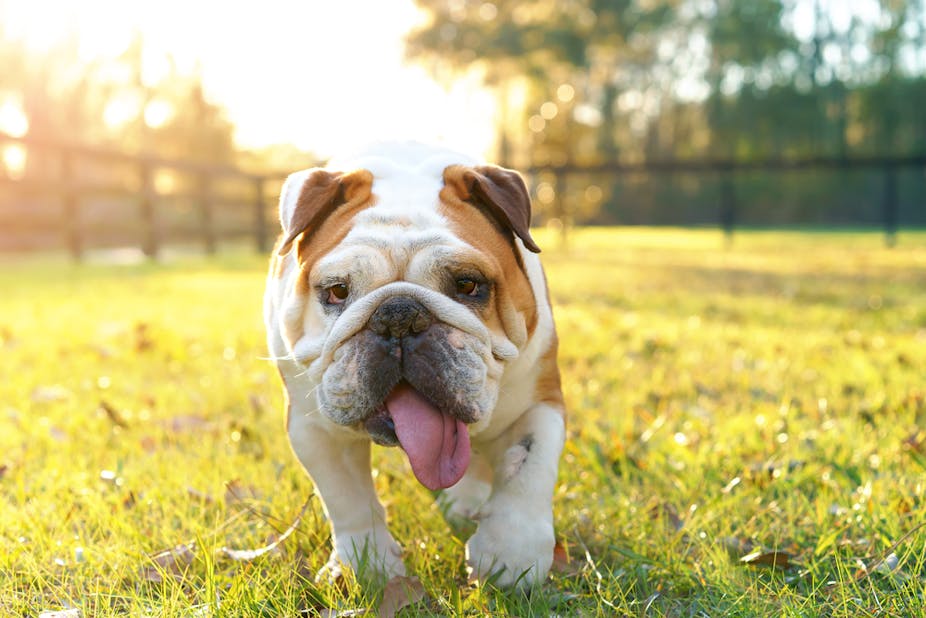Hopefully, most people now know how easily dogs can die when left in a hot car. They die of heatstroke because when trapped within a vehicle, with little or no airflow, they get hotter and hotter – remember: dogs can’t sweat. And once their internal blood temperature exceeds 41C, their organs become damaged and begin to shut down. This can happen in as little as six minutes.
But it’s not only dogs left in hot cars that become seriously ill – or die – from heatstroke. Exercise is another major reason why dogs get taken to the vets with heatstroke – and both the UK and Canada have been experiencing extended heatwaves. Among the news stories reporting dogs being rescued from baking hot cars are tales of canines succumbing to heatstroke while exercising, with one “fit and healthy” five-year-old dog dying following a 9am morning walk in a park in northwest England – when the temperature was just 21C.
Risk factors
Exertional heatstroke can strike humans and animals – and is triggered by exercise. That could be anything from running a marathon, to going for a short walk. Accurately predicting when a dog will develop heatstroke is currently impossible, but research to improve our understanding of the risk factors is underway.
Some general risk factors have already been identified in dogs. These include preexisting respiratory problems, especially in short-nosed (brachycephalic) breeds, suffering from brachycephalic obstructive airway syndrome – where the nostrils and windpipe are narrowed, and extra tissue restricts air flow around the throat. Obesity, dehydration and a lack of acclimatisation to local conditions are also risk factors. Male dogs may also be at greater risk, along with darker-coloured dogs, as they get hotter when exercising.
Countries such as the UK don’t traditionally see prolonged periods of hot weather – but this is changing. Climate change is increasing the number and frequency of abnormal weather events. So far, 2018 has brought some of the heaviest snow in recent years and, for parts of the UK, the hottest and driest June on record – all within a three-month period. For dogs, heat acclimatisation takes around 60 days, meaning these extreme temperature changes can have a greater health impact.
How to help
Heatstroke happens when exercising dogs get too hot and stay hot. One of the ways dogs cool is by panting. For panting to be effective, a dog needs to be able to move air efficiently, so anything that obstructs airflow in and out of the lungs will impair panting. This is why brachycephlic breeds and dogs with airway diseases are at such high risk of heatstroke. Dogs wearing muzzles, especially the fabric type that restrict jaw opening will also be unable to pant. Any dogs exercising in muzzles should wear the cage (Baskerville) type, to ensure they are able to pant and cool effectively.

They also clearly need water. A dehydrated dog will get hotter faster during exercise and has an increased risk of developing heatstroke.
So hydration is key, but if your dog suffers from a respiratory problem and temperatures are climbing, not exercising may be the safest solution – especially in the middle of the day. Heatstroke kills dogs – in fact, veterinary hospitals report mortality rates of up to 63% in dogs with heatstroke.
Your dog won’t die from a missed walk, or run, or training session. But if they get heatstroke, flip a coin. Heads you win, tails they lose.

